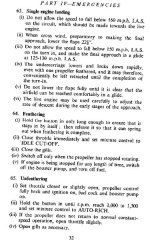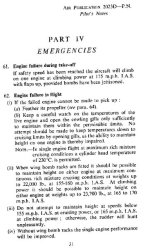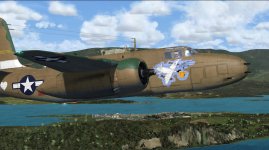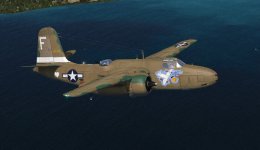gman5250
Charter Member
wow Gordon, that looks just brilliant! Outstanding work!
I'd better throw away my bump maps...
Took two tries, but I got it right...I think.
Just keep in mind that any rivet details you want to develop into the texture will get a bit of a hand with the bumps. The rivets themselves are flat, with the exception of the fasteners.
I'm just finishing a video that pans the airplane on the ground. It will show the profiles in motion.
Thanks for the Atta Boy...nice to see you back.












